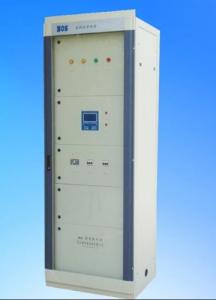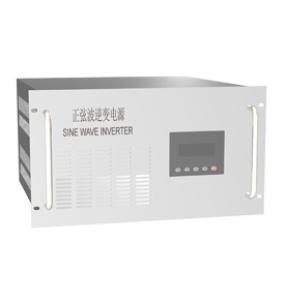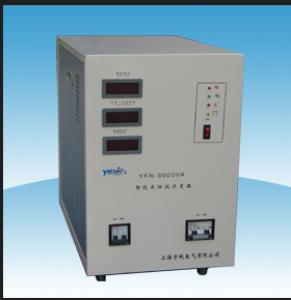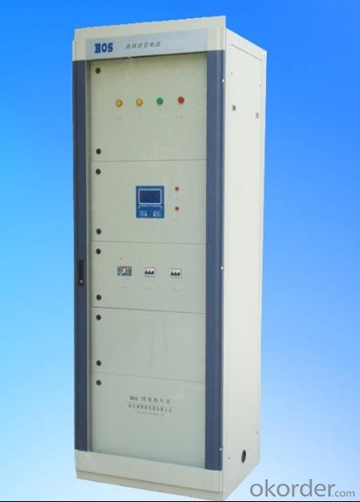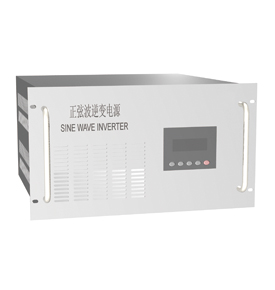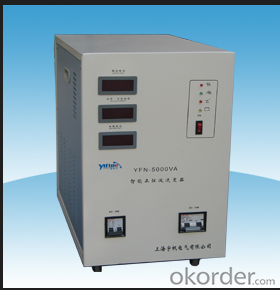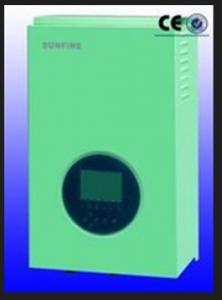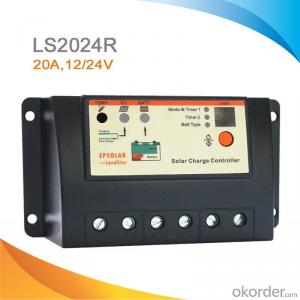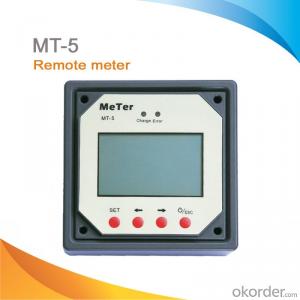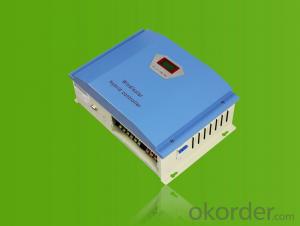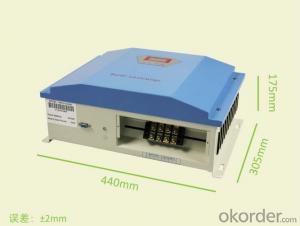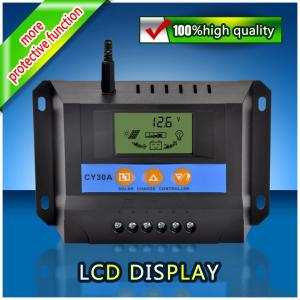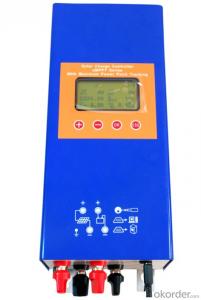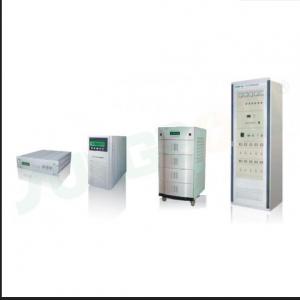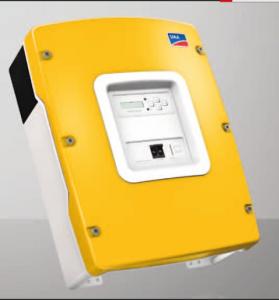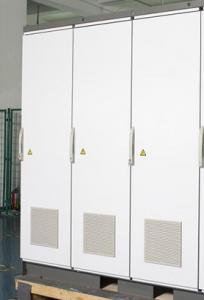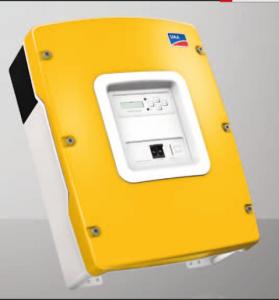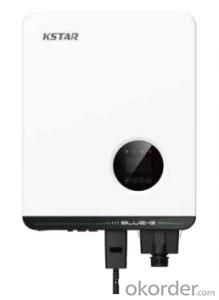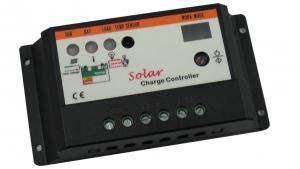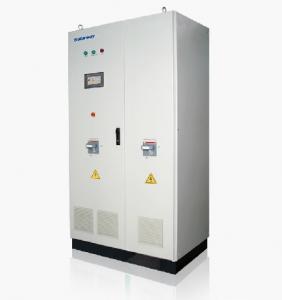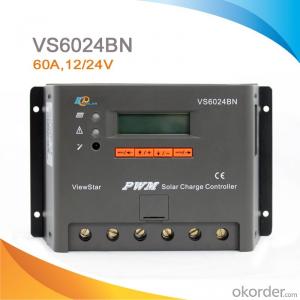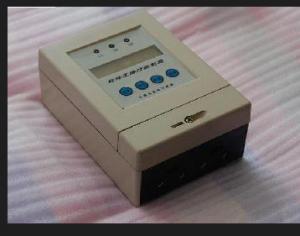Solar Irrigation Controllers PV Off-Grid Inverter from China GN-3KDSL-22R
OKorder Service Pledge
OKorder Financial Service
You Might Also Like
Description:
CNBMSOLAR is a world-leading and Vertical integrated manufacturer of high-performance with Silicon,
Wafer, Cells, Modules, which convert sunlight into electricity for residential, commercial, and utility-scale
power generation.
The capacity of CNBMSOLAR is reach to 1GW, and make sure each year our shipment capacity is more
Than 700-800MWs, at the same time, we have set up the largest solar power station with our partner
in Ukraine.
CNBM is a Quality + Service oriented company with“Excellence at Each Step” approach, composed of
the finest components from TUV and IEC-certified partners around the world, CNBM modules consistently
undergo a variety of trials at the company’s Test & Development Centre, ensuring peak performance
capabilities. The company is committed to develop and provide the world with clean and renewable energy
to ease the energy shortages as well as human kind’s impact on the environment.
Data:
Model | GN-3KDSL-22R | ||
DC input | Rated Voltage(VDC) | 48Vdc | |
Low Voltage(VDC) | 43.2Vdc | ||
Low Voltage Resume (VDC) | 50.4Vdc | ||
Load Overvoltage(VDC) | 70Vdc | ||
Grid input | input rated voltage | 220Vac | |
Input Voltage range | 220Vac±15% | ||
Input frequency | 50Hz | ||
switching mode | Static switch optional,inverting priority | ||
switching time | <10ms | ||
AC output | rated capacity | 3kVA | |
rated power | 2.4kW | ||
rated output voltage | 220Vac | ||
Output voltage stable precision | 220±3%Vac | ||
Output frequency | 50Hz | ||
Output frequency precision | 50±0.2Hz | ||
overload ability | 120%,1 min | ||
output waveform | Pure sine wave | ||
THD | ≤5% | ||
Dynamic Response(0~100%) | 5% | ||
Power factor (PF) | 0.8 | ||
Crest Coefficient(CF) | 3:1 | ||
Inverter Efficiency | ≥80% | ||
Continuous running time | continuous running | ||
Insulation strength(inout and output) | 1500Vac,1min | ||
protection functions | DC voltage, dc current, voltage, utility line frequency, output voltage, output current, output frequency, output power | ||
display | LCD | ||
temperature | -20~+50℃ | ||
humidity | 0~90%(No condensation) | ||
Noise | ≤60(dB,1m) | ||
operating alititude | ≤3000m | ||
Reference Dimensions(d\w\h mm) | 500*483*267mm | ||
Reference weight(Kg) | 68kg | ||
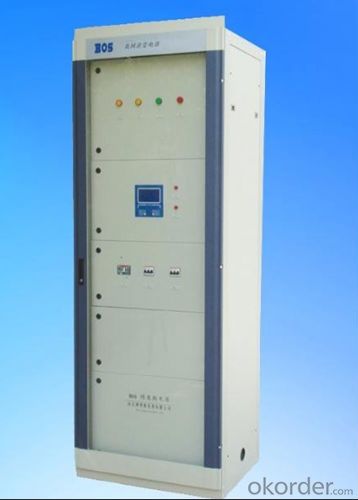
FAQ:Pls introduce more about CNBM .
CNBM Group is short for China National Building Materials Group Corporation, which is established in 1984 with approval from the State Council
CNBM Group is the largest comprehensive building materials industry group in China
The Group has a total asset of over RMB 360 billion, more than 180,000 employees and 17 subsidiaries
- Q: What is the role of a temperature sensor in a solar controller?
- The role of a temperature sensor in a solar controller is to measure the temperature of the solar panels or the surrounding environment. This information is then used by the controller to make decisions and adjustments, such as controlling the flow of energy or adjusting the angle of the panels, to optimize the performance and efficiency of the solar system.
- Q: How does a solar controller handle the protection against short circuits?
- A solar controller handles protection against short circuits by incorporating various safety measures. It typically includes built-in fuses or circuit breakers that can automatically disconnect the solar panel or battery from the controller in case of a short circuit. This helps to prevent damage to the system and ensures the safety of connected devices. Additionally, some solar controllers also employ advanced technologies like pulse width modulation (PWM) or maximum power point tracking (MPPT) algorithms, which continuously monitor the current flow and adjust it to maintain optimal performance while protecting against short circuits.
- Q: How does a solar controller handle short-circuit or overload conditions?
- A solar controller is equipped with built-in safety features to handle short-circuit or overload conditions. When a short-circuit occurs, the controller detects the sudden increase in current and immediately shuts off the circuit to prevent any damage. Similarly, in case of an overload condition where the current exceeds the controller's rated capacity, it activates its overload protection mechanism, which can include reducing the charging current or completely disconnecting the load. These protective measures ensure the safe operation of the solar controller and prevent any potential damage to the system.
- Q: What is the role of a solar controller in preventing over-discharge of batteries?
- The role of a solar controller in preventing over-discharge of batteries is to monitor the voltage level of the batteries and regulate the charging and discharging process. It ensures that the batteries are not drained beyond their safe operating range by disconnecting the load when the voltage drops to a certain threshold. This prevents over-discharge, which can lead to permanent damage or reduced lifespan of the batteries.
- Q: Can a solar controller be used with solar panels that are connected to an inverter?
- Yes, a solar controller can be used with solar panels that are connected to an inverter. A solar controller, also known as a charge controller, is used to regulate the voltage and current from the solar panels to prevent overcharging and damage to the batteries or connected equipment. It is typically placed between the solar panels and the battery bank or inverter. When solar panels are connected to an inverter, the inverter converts the direct current (DC) produced by the solar panels into alternating current (AC) that can be used to power household appliances or fed back into the grid. The solar controller can still be used in this setup to ensure the proper charging and maintenance of the batteries, if present, or to regulate the power flow to the inverter. The solar controller will monitor the battery voltage and adjust the charging parameters accordingly, ensuring efficient and safe charging. It will also protect the batteries from overcharging, over-discharging, and other potential issues. Some solar controllers also provide additional features such as load control, battery temperature compensation, and remote monitoring. Therefore, using a solar controller with solar panels connected to an inverter is recommended to optimize the performance and lifespan of the system, especially if batteries are involved.
- Q: Can a solar controller be used with a solar-powered marine navigation system?
- A solar-powered marine navigation system can utilize a solar controller. This crucial component, also known as a charge controller, is integral to a solar power system. It regulates the flow of electricity from the solar panels to the battery bank, ensuring optimal charging and preventing battery damage or overcharging. In the context of a solar-powered marine navigation system, the solar controller plays a vital role in managing the energy produced by the solar panels. Its primary function is to efficiently charge the batteries and protect them from overcharging, which can lead to reduced battery lifespan or failure. With the use of a solar controller, the solar-powered marine navigation system can effectively harness solar energy and convert it into usable power for the navigation equipment. This capability enables the system to operate reliably and sustainably, even in remote or off-grid locations where traditional power sources may be scarce or inaccessible. Hence, a solar controller is not only compatible but also indispensable for the proper functionality and durability of a solar-powered marine navigation system.
- Q: What is the lifespan of a solar controller?
- The lifespan of a solar controller can vary depending on various factors such as the quality of the controller, usage patterns, and environmental conditions. However, on average, a well-maintained and properly installed solar controller can last anywhere between 10 to 15 years.
- Q: Can a solar controller be used with solar-powered lighting systems?
- Yes, a solar controller can definitely be used with solar-powered lighting systems. A solar controller helps regulate the charging and discharging of batteries in the lighting system, ensuring optimal performance and prolonging battery life. It also provides important features like overcharge protection, load control, and battery status monitoring, making it an essential component for efficient and reliable operation of solar-powered lighting systems.
- Q: Can a solar controller be used with a solar-powered electric fence energizer?
- Yes, a solar controller can be used with a solar-powered electric fence energizer. A solar controller helps regulate and control the flow of energy from the solar panels to the energizer, ensuring optimal charging and performance of the electric fence system.
- Q: Can a solar controller be used with a solar-powered telecommunications system?
- Yes, a solar controller can be used with a solar-powered telecommunications system. A solar controller helps regulate the flow of electricity from the solar panels to the batteries, ensuring that the system is charged efficiently and protecting the batteries from overcharging. It is an essential component in maintaining the performance and longevity of a solar-powered telecommunications system.
Send your message to us
Solar Irrigation Controllers PV Off-Grid Inverter from China GN-3KDSL-22R
OKorder Service Pledge
OKorder Financial Service
Similar products
Hot products
Hot Searches
Related keywords
